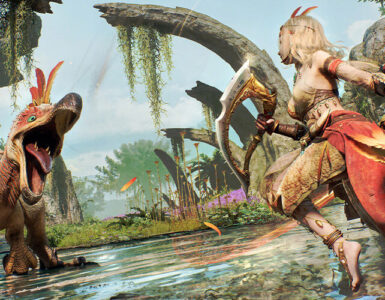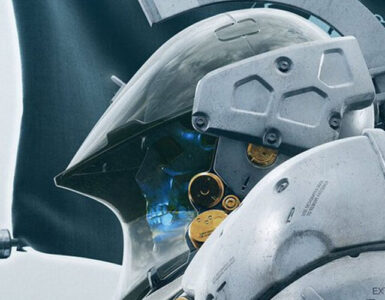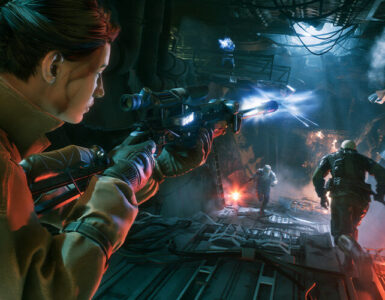This interview has been edited for clarity.
It’s no secret that video game auteur Hideo Kojima (Metal Gear franchise) started work on a sequel to his hit game, Death Stranding (2019) before the pandemic began in 2020, but ultimately chose to adjust his narrative to reflect the impact that COVID-19 had around the world.
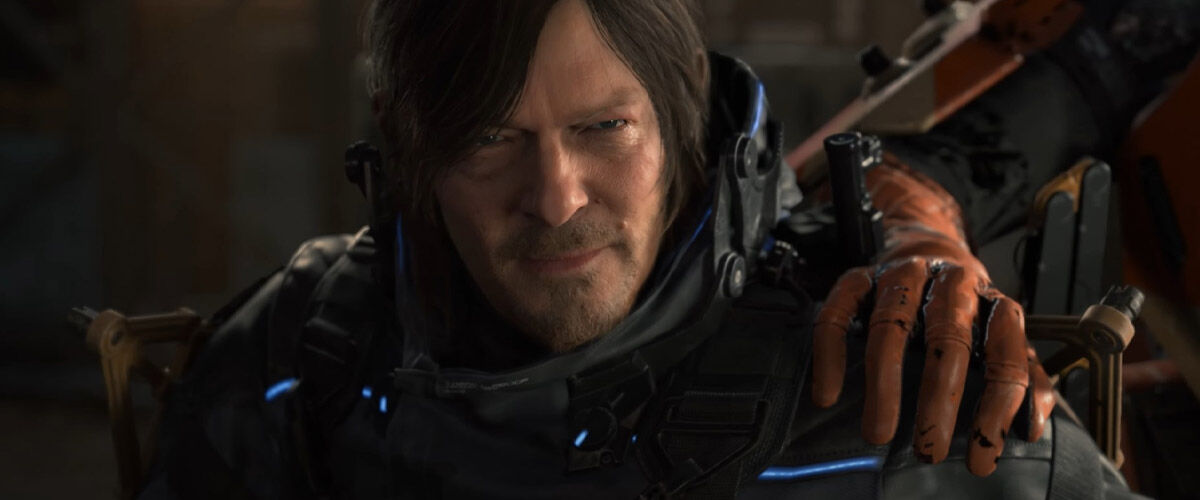
After all, Kojima’s ability to make games that have an uncanny parallel to real-world events marks just one of the legendary game director and producer’s talent in analysing trends in societal and political behaviour, and developing an intriguing narrative out of it, including the spread of misinformation, fake news and rise of artificial intelligence (AI) from Metal Gear Solid 2: Sons of Liberty (2001).
And what drove his decision was around the real-world isolation he felt during the global lockdown, itself a topic he wrote about and developed in the original game, not realising that his first game since his departure from leading Japanese developer and studio, Konami, about courier Sam Porter Bridges (Norman Reedus) hired to deliver items and supplies to isolated colonies after a global catastrophe, and ultimately reconnecting these pockets of people via a wireless communications network, would draw real-world parallels just a few months later.
So what better way to revisit the theme, now based on actual experiences, explained the legendary creative mind behind the new sequel, Death Stranding 2: On the Beach, during the Taipei stopover of the Death Stranding World Strand Tour 2, where he was also joined by the game’s art director Yoji Shinkawa.
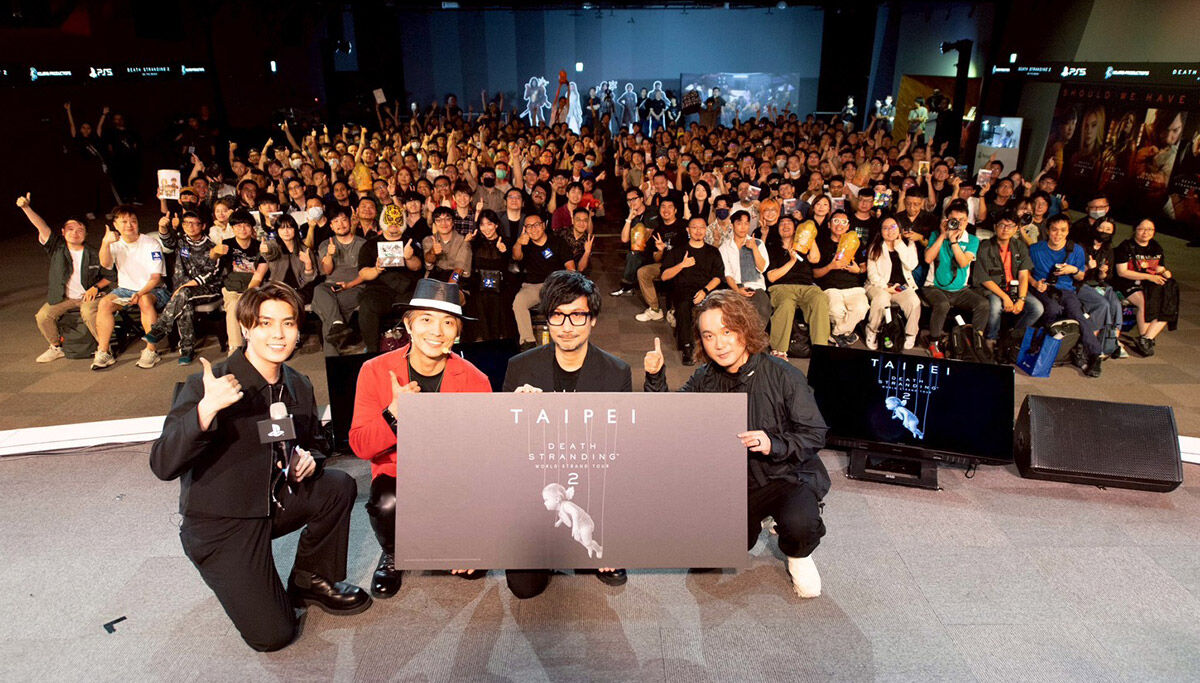
“During the pandemic, I felt very lonely,” Kojima shares in an interview with Geek Culture.
“There was no one in the office, and all the staff were working remotely. I even got sick during this time.” These personal experiences of disconnection became a crucible for the game’s narrative and design, as Kojima-san then described his haunting walks through empty streets, a surreal landscape that directly mirrored the game’s post-apocalyptic world.
“Usually, busy paths were completely deserted. Benches were sealed off, and there were hardly any people,” he recalls. “It looked really like there was no one in the world.”
These solitary walks helped Kojima establish an updated basis for Bridges, as the global events now mirrored the desolate world of Death Stranding 2, and the pandemic’s enforced social distancing and sense of disconnection became a key inspiration for the game’s exploration of human connection and loneliness.
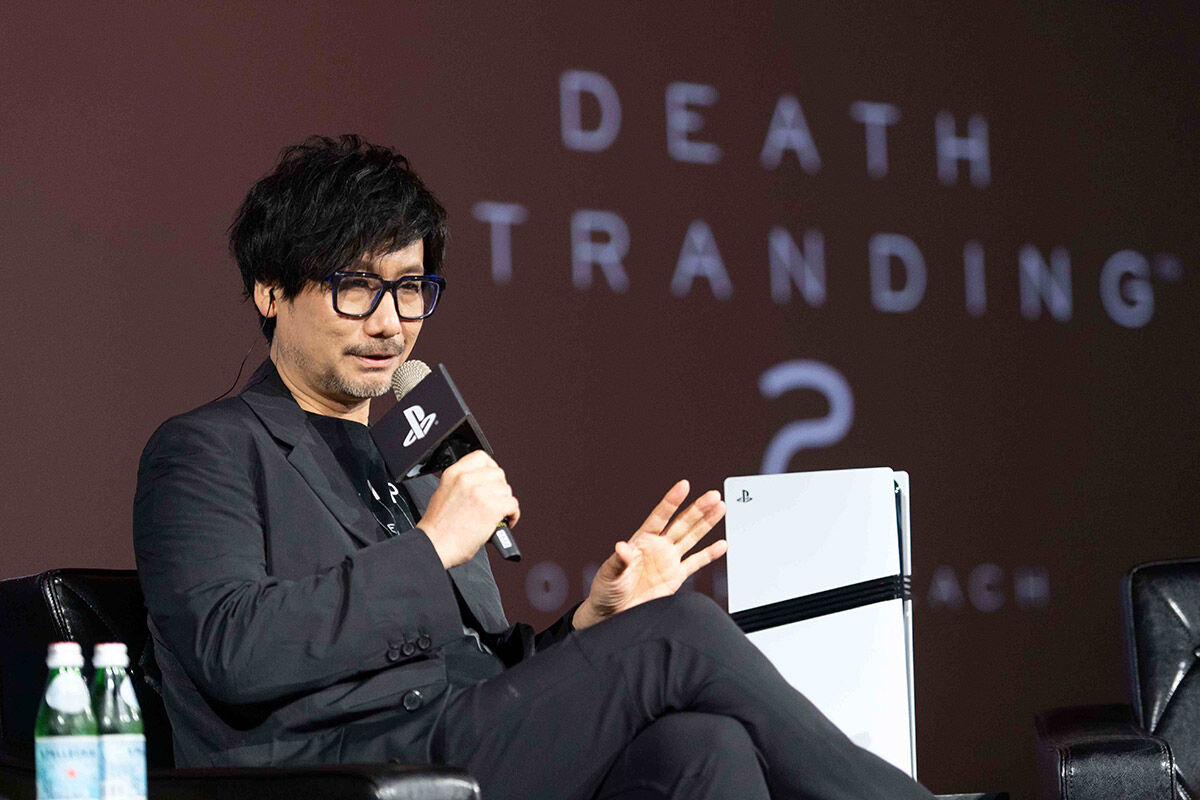
“We had almost like a martial law. People wouldn’t be allowed by the government to walk outside during the pandemic,” he says, further sharing how the COVID-19 pandemic profoundly influenced the game’s core themes of human connection and isolation, but also proving that even in the most challenging times, creativity can find its most powerful expression.
And while the narrative plays a key role, there’s also another aspect in video games that draws in players, namely game design and design itself, and it falls on Kojima’s longtime collaborator Shinkawa to turn words into detailed visual creations in a Hideo Kojima game.
And it’s an intricate creative process for all involved, notes Shinkawa, providing an example using the striking red Ghost Mechs. Its design was born from a fundamental artistic principle of creating something truly individualistic. The key concept of the character design emerged from a big coffin, which became the structural basis for the characters’ unique form.
Kojima’s visual direction played a crucial role in shaping the characters’ appearance, resulting in a design that feels almost ritualistic, with the red armour, in particular, creating a sense of destructive energy that sets the Ghost Mechs apart.
Drawing further inspiration from unexpected sources, Shinkawa incorporated elements reminiscent of Kojima’s alien designs, particularly the characters’ head, which was heavily inspired by H.R. Giger’s works of the iconic Xenomorph from the Alien film franchise, now easily recognised around the world. This approach resulted in a visual style that is both alien and familiar, ritualistic, and yet dynamic.
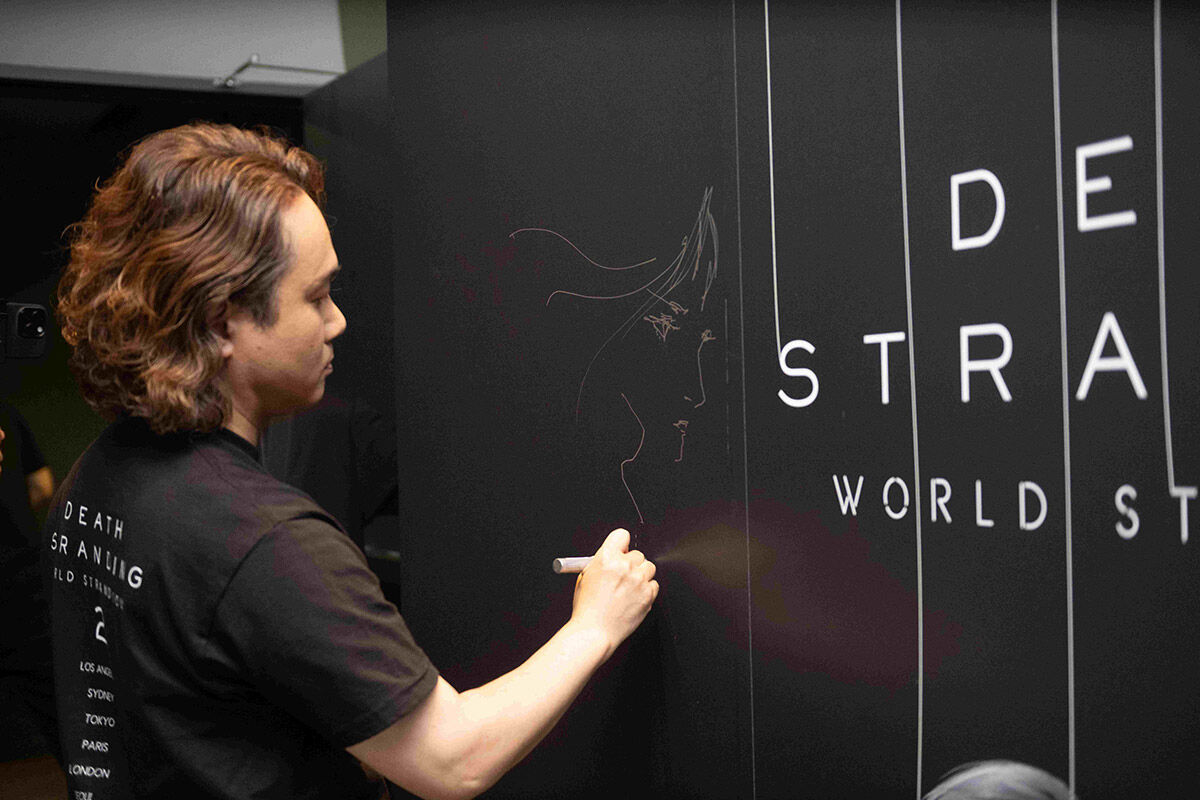
Having worked closely together with Kojima for over 30 years, since Policenauts in 1994, Shinkawa has a comfortable working relationship with the noted game creator, but he also recognises how impactful the journey has been and how he has Kojima to thank back when he joined Konami in the ‘90s, as “otherwise there would be no Yoji Shinkawa here today.”
“When I was in my senior year in university, I applied for a job at Konami, and during my second interview, I had to decide which division I wanted to go to,” reminisces Shinkawa-san.
“At the time, I kind of said yes to work on a zombie gun shooting arcade game because I wanted to work on 3D models,” and before anyone can raise a point, Kojima-san acknowledges with a laugh, “Yes, it was a very crappy game.”
Ultimately, he didn’t go that route, because Kojima approached him in the early ‘90s to ask if he would like to work on his new concept for Metal Gear Solid. At the time, Kojima was already working on Policenauts, so he roped in Shinkawa-san to clean up all the robot designs, while concurrently starting on making a model for Metal Gear Rex, but not in the offices.
“I asked Yoji to kind of make a model of Metal Gear Rex at home,” recalls Kojima-san.

“He did it at home in 3D. So at that time, back in the ‘90s, there was no email or digital communication, so I would call Yoji every day at around 5pm to ask how he’s doing, and how the modelling was coming along.”
Thankfully, the duo’s current approach to the game’s design philosophy is broader, incorporating a sense of purpose with world-building within the game. For example, Kojima notes at a separate press conference in Taipei with selected media, that his favourite tool is the ring-shaped terminal worn by Sam in the sequel, instead of the handcuff-shaped terminal in the original that symbolises a kind of restraint.
Since Sam is no longer part of the Bridges organisation, it would be strange for him to still wear handcuffs, necessitating the creation of a ring-shaped accessory, which is activated like a competition ornament. Each of the five main members of the headquarters uses a different finger to activate their ring, and players can observe these details in the game.
For Shinkawa, his joy in design can be found in the little things, such as the small truck and the tricycle introduced in this game because when it comes to designing machines, he aims for those that could only exist in games, animation, or movies. He pays special attention to how these machines interact with players and the environment, ensuring unique experiences not possible in reality.
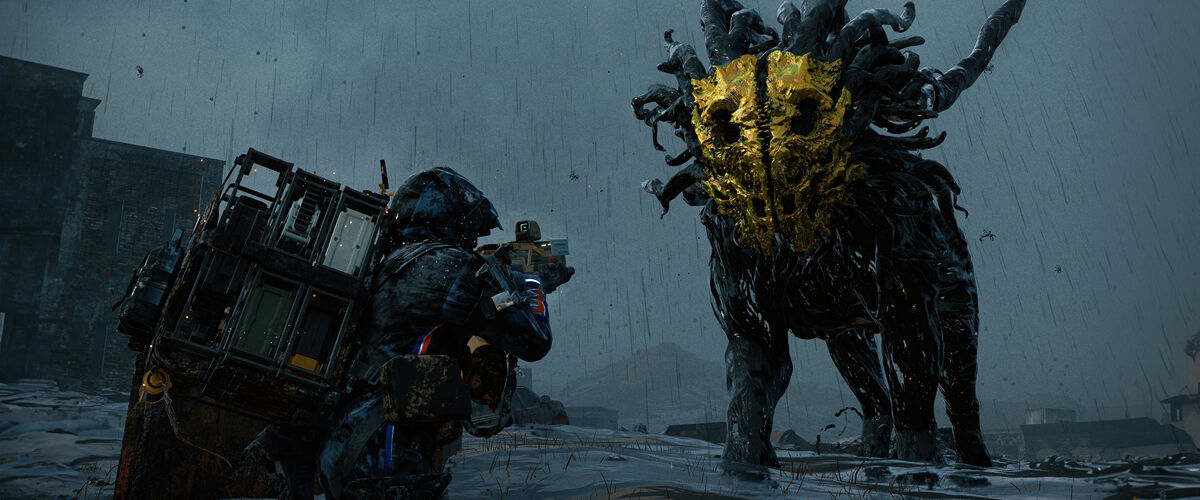
If anything, it’s the reconnection that Kojima wants players to feel after spending time with the game, which is about reconnecting the world through delivery.
“The team prepared various gameplay options, from direct combat to stealth, hoping the game would help rekindle connections formed during the pandemic,” he explains.
Now that the sequel has been released to critical acclaim, there is the question of what’s next, with the recent health scare for Kojima that required an operation and an evaluation of his life’s priorities, there has been a revised approach to his understanding of life and death, and the cycle of life.
“So from a living thing, everything started from nothing, and then light, and this kind of goes on and on if we look at a map of a space, like a universe. So, from looking at a very macro point, it means that this circulation is nothing really, it’s always evolving,” muses the 61-year-old and the father of two when asked about his thoughts on future generations.
“So (it’s the) same as just human beings. If you look at human beings, (a) child is raised by adults, and then the adults pass on to the children, and that children become adults, and pass on to their children. It’s kind of similar, is what I think.”


